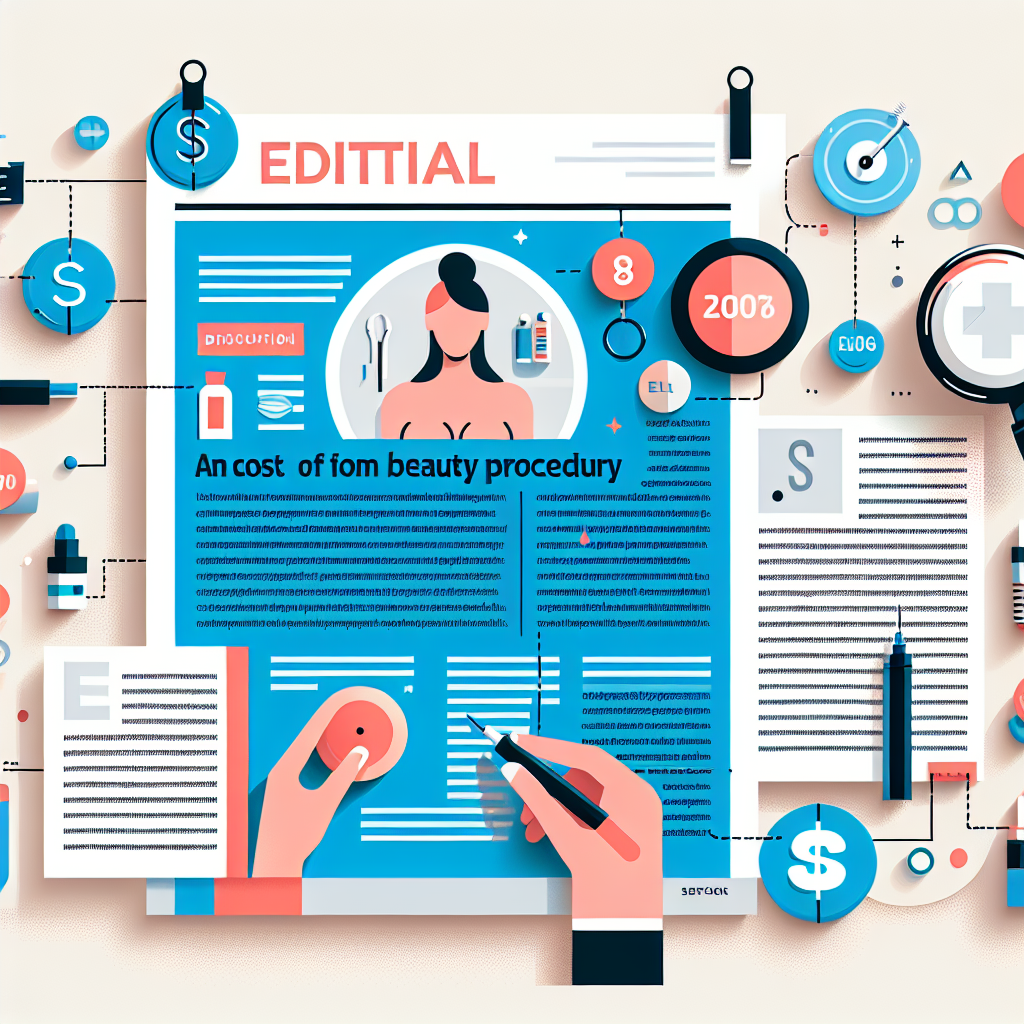Considering surgical options for breast enhancement can feel overwhelming, and one common choice is under the muscle breast implants because they offer a natural look and potentially fewer long-term complications. This guide explains how the submuscular placement differs from other approaches, outlines benefits and drawbacks, and describes typical results and recovery so you can discuss options confidently with your surgeon.
Under-the-muscle breast implants: how placement matters
Placing implants beneath the pectoralis major muscle changes the way the implant sits and interacts with surrounding tissue. In contrast to a subglandular placement (above the muscle), a submuscular or dual-plane approach can provide more soft-tissue coverage, reduce visible rippling, and may give a more gradual slope at the top of the breast. That makes it a favored choice for people with thinner natural breast tissue seeking a natural-looking augmentation.
Pros of submuscular placement
- More tissue coverage: Muscle over the implant reduces visible edges and rippling, which is especially helpful if you have less natural breast tissue.
- More natural contour: The muscle can create a softer transition from chest to implant for a less “augmented” appearance.
- Lower interference with mammography: Submuscular implants may make breast imaging easier in some cases, though additional views are often still needed.
- Reduced capsular contracture risk: Several studies suggest a lower rate of capsular contracture with under-the-muscle placements compared with above-muscle positions.
Cons and common problems with breast implants under the muscle
No surgical option is without trade-offs. Some people report more postoperative discomfort or a longer initial recovery when implants are placed beneath the muscle because the muscle must be elevated during surgery. Over time, there can be animation deformity—movement or distortion of the implant when the chest muscles contract. If you research problems with breast implants under the muscle, you’ll also see that implant position can change with age, weight fluctuations, or significant muscle development, and revision surgery may eventually be needed.
What results and recovery typically look like
Expect swelling and soreness for several weeks, with gradual settling of the implants over three to six months. Most patients can return to light activities within a week or two but must avoid heavy lifting and chest exercises for several weeks to allow proper healing. Final shape and position continue to refine over months as the tissues adjust. Discuss realistic expectations with your surgeon, including size, profile, and whether a dual-plane technique will be used to balance implant position and muscle coverage.
Candidacy and surgical considerations
Not everyone is an ideal candidate for a breast job under muscle. Those with ample natural breast tissue may do well with either placement, while thinner patients often benefit from submuscular coverage. If you are an athlete or regularly engage in strenuous chest workouts, talk about potential animation issues and whether a different technique might be better. Also review implant types (saline vs. silicone), size choices, incision sites, and surgeon experience—each factor influences outcomes and satisfaction.
Alternatives and long-term planning
Alternatives include above-muscle implants or fat transfer augmentation, which uses your own fat to increase volume and may suit people seeking modest enhancement without implants. If you’re curious about fat transfer as an alternative, read our practical guide to cost and expectations before deciding: Fat transfer breast augmentation: cost and what to expect. No matter the choice, plan for long-term follow-up: implants are not lifetime devices and routine monitoring is important.
For clinical background on implant types and safety considerations, reputable sources such as published summaries and reviews offer detailed information; a useful reference on implant history and materials is available from this encyclopedia entry: Breast implant — Wikipedia.
- Takeaways:
- Under-the-muscle implants often provide a more natural contour and less visible rippling.
- Recovery can be more uncomfortable initially, and animation deformity is a possible trade-off.
- Discuss implant type, size, and your activity level with an experienced surgeon to choose the best approach.
Is under-the-muscle placement safer than over-the-muscle?
“Safer” depends on which risks concern you. Submuscular placement tends to have lower rates of capsular contracture and less visible rippling, but may involve more initial pain and risk of animation deformity. Safety also depends on surgeon skill, implant type, and follow-up care.
How long before I see final results?
Most swelling and firmness improve within three months, but implants generally take up to six months or longer to settle into their final position. Scar maturation continues for a year or more, so full aesthetic results may take time.
What are common long-term problems with breast implants under the muscle?
Long-term issues can include implant rupture, capsular contracture, position changes, and animation deformity. Regular check-ups and imaging when recommended help detect problems early and guide management.






